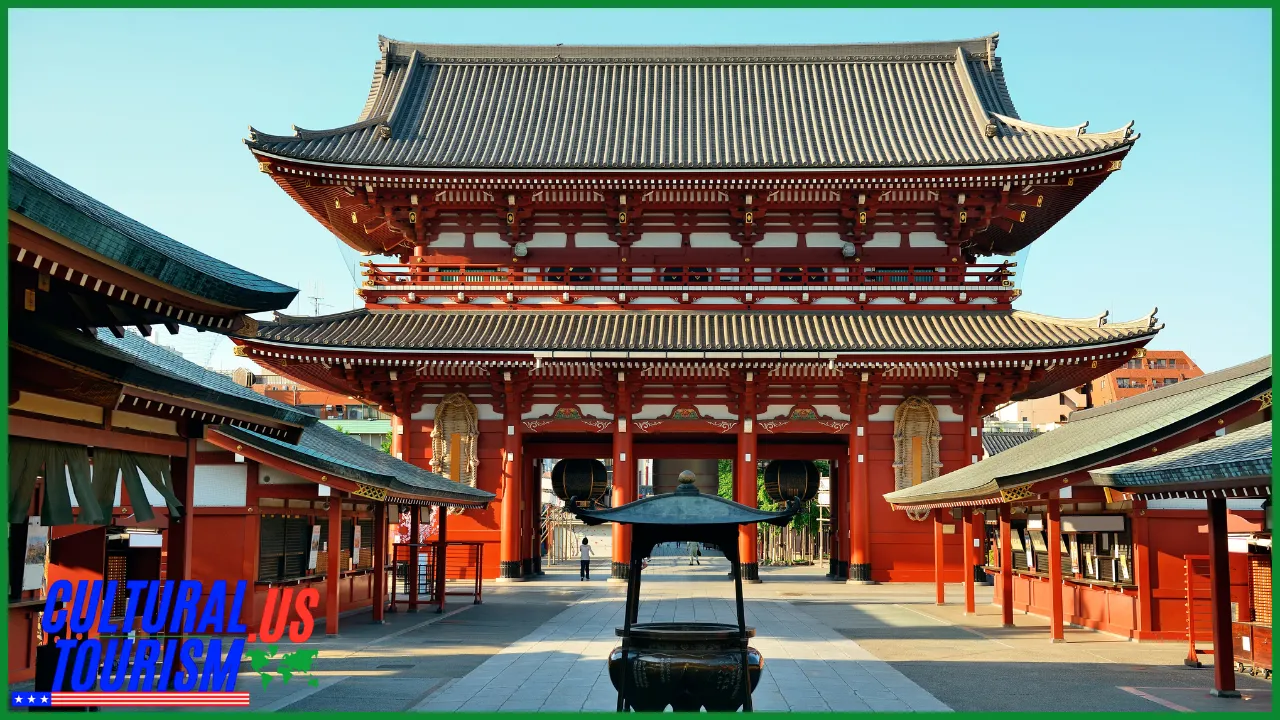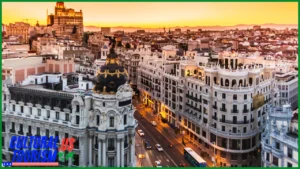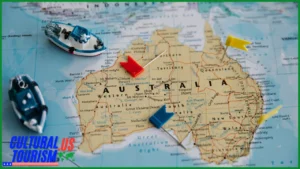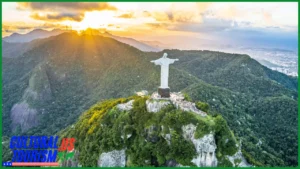Exploring Mount Koya and its Monastic Wonderland
Alright, my friends! If you’re reading this, you probably know that traveling isn’t just about snapping selfies or trying every weird snack you can find (though, let’s be honest, that’s part of the fun!). This time, we’re heading to the serene and mystical Mount Koya in Japan—a place where history, spirituality, and stunning landscapes intertwine like a perfectly crafted sushi roll. So, grab your virtual passport, and let’s embark on this journey together!
Why Mount Koya is a Must-Visit
Mount Koya (or Koyasan, if you want to sound all fancy) is the heart of Shingon Buddhism, and trust me, it’s got some serious street cred. Founded in the 9th century by the monk Kukai (a.k.a. Kobo Daishi), this mountain has been a spiritual retreat for over a millennium. But don’t worry; you don’t need to be a monk to appreciate its charm. Here are a few reasons why this spot deserves a spot on your travel bucket list:
- **Stunning Scenery:** It’s like Mother Nature herself decided to show off. Think lush forests, dramatic peaks, and colorful cherry blossoms in spring!
- **Cultural Immersion:** You can soak in Buddhist traditions without needing a meditation app. Seriously, who needs that when you can chant with real monks?
- **Culinary Delights:** Ever tried Shojin Ryori? It’s vegan Buddhist cuisine that will make you rethink your dinner plans.
Getting to Mount Koya
First off—how do you even get there? Don’t fret; I’ve got your back.
Step-by-Step Guide to Reach Mount Koya
- Train Travel: Take the Nankai Main Line from Osaka to Gokurakubashi Station (the ride will take around 90 minutes).
- Take the Cable Car: From Gokurakubashi, hop on the funicular (yes, that’s its real name!) which will take you up the mountain in style. Prepare for jaw-dropping views!
- Get Your Bearings: Once you reach Koyasan Station, the area is pretty walkable, so don’t be shy about exploring on foot.
What to See and Do Around Mount Koya
Alright, now let’s dive into the meat and potatoes (or tofu and rice, given the locale) of your journey.
Visit the Monastic Complex
The heart of Koyasan is its monastic complex, and let me tell you, it’s like stepping into a time machine. Here are some highlights:
| Site | Description |
|---|---|
| Okunoin Cemetery | The largest cemetery in Japan, it’s dotted with thousands of tombstones. Seriously, it’s got all the spiritual vibes. |
| Konpon Daito | A stunning pagoda that stands at a whopping 50 meters tall! Perfect for that Instagram-worthy shot. |
| Danjogaran | This site is where you can catch a glimpse of important Buddhist ceremonies. Who knew theology could be so cool? |
Tips and Tricks for Your Visit
So, you’re pumped to visit, but before you rush out the door, here are some handy tips:
- Dress Modestly: This isn’t the beach. Remember, you’re in a spiritual place, so keep it respectful.
- Learn Some Basic Japanese Phrases: You don’t need to be fluent, but knowing a few words can charm the locals. Plus, it’ll earn you some serious cool points!
- Try the Local Cuisine: Don’t skip out on the Shojin Ryori! It’s a vegan feast your taste buds will thank you for – chalk it up to a healthy brain food.
Wrap-Up
Mount Koya isn’t just another travel spot; it’s an experience that immerses you in a world where ancient traditions meet natural beauty. Whether you’re in it for the culture, the food, or just to take a deep breath and chill out for a bit, this mountain has got something for everyone. So why not add it to your travel list? And hey, if you found this guide helpful—or at least more entertaining than reading an instruction manual—feel free to share it with friends who need a little nudge to explore this slice of peace and tranquility in Japan. Safe travels, and may your adventures be as remarkable as a perfectly brewed cup of green tea!
Essential Tips Before You Visit Mount Koya
| Tip | Details |
|---|---|
| Currency | Japan’s currency is the Yen (JPY). Make sure your wallet is ready to party with those colorful notes! |
| Time Zone ⌚ | Japan operates on Japan Standard Time (JST), which is GMT+9. No daylight saving shenanigans here! |
| Weather ☁️ | Mount Koya can be chilly, especially in the winter (think cozy sweaters). Spring and fall are lovely, but summer? Bring your shades! Temperature can range from 5°C (41°F) in winter to 25°C (77°F) in summer. |
| Transportation | Public transportation is reliable! Use trains and buses but be sure to check the timetables. Oh, and don’t expect Uber to be your friend in rural Japan. |
| Cash is King | While some places accept cards, many establishments prefer cash. So, stash that green and avoid the embarrassing “sorry, my card isn’t working” moment! |
| Language Barrier ️ | English is not widely spoken outside major cities. A translation app can be your best buddy, especially in rural areas! |
| Etiquette | When visiting temples, be sure to bow slightly as a sign of respect. No pressure, but you want to avoid any spiritual foot-in-mouth moments! |
| Stay Overnight | Consider staying in a temple lodging (shukubo). It’s not just a place to rest—it’s a spiritual experience with vegan meals included! |
There you go, your ultimate guide to making the most of your trip to Mount Koya! With a little prep, you’ll blend in like a local while soaking up all the serene vibes.





